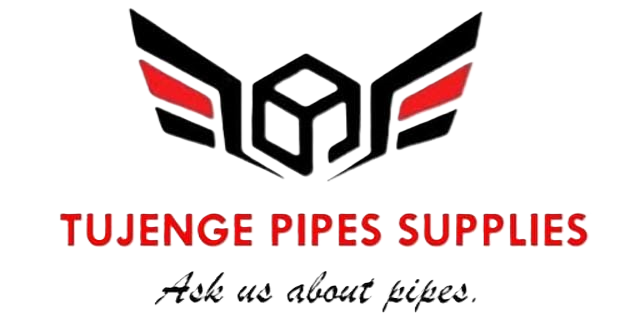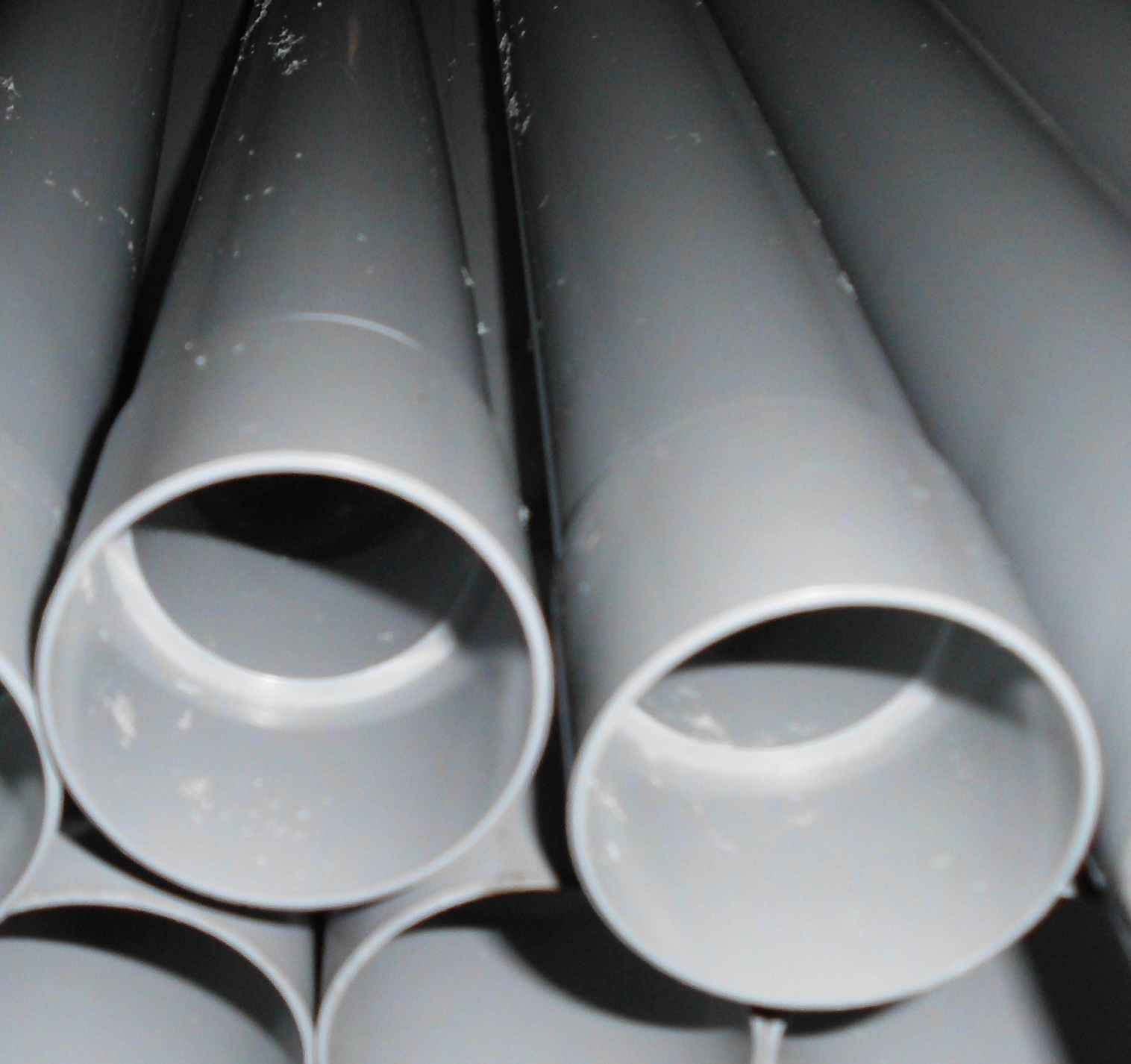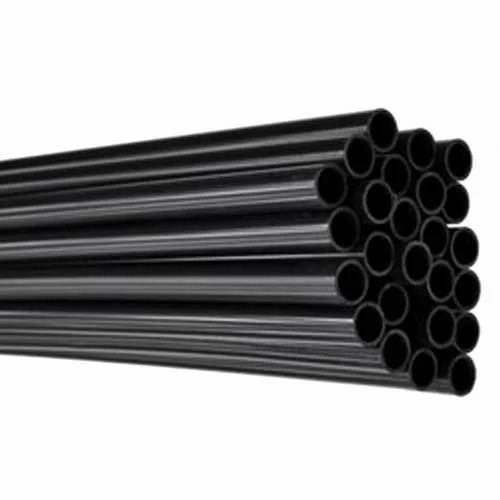Waste pipes, often overlooked and underappreciated, play a vital role in maintaining the functionality of our plumbing systems. These unsung heroes are responsible for safely transporting wastewater from our sinks, toilets, and showers to the sewage system. In this comprehensive guide, we will delve into the world of waste pipes, exploring their types, installation, maintenance, and even their role in environmental sustainability.
Types of Waste Pipes
Waste pipes come in various materials, with each having its unique advantages and applications. Some common materials used for waste pipes include PVC, cast iron, and copper. The choice of material depends on factors such as the type of building, budget, and local building codes. Additionally, waste pipes vary in sizes and diameters to accommodate different plumbing needs.
Installation of Waste Pipes
Proper installation of waste pipes is crucial to ensure efficient plumbing in any building. The process involves preparing for installation by gathering the necessary tools and materials. It also includes a series of steps, such as measuring and cutting the pipes, joining them using appropriate fittings, and securing them in place. A well-executed installation prevents leaks and blockages, ensuring a smoothly functioning plumbing system.
Maintenance and Care
Regular maintenance of waste pipes is essential to prevent clogs and other plumbing issues. Periodically inspecting waste pipes for cracks or blockages and clearing them can extend the life of the plumbing system. In this section, we will also discuss common issues that may arise with waste pipes and provide troubleshooting tips for resolving them.
Waste Pipe Regulations
Building codes and regulations vary from place to place, and waste pipe systems must comply with these standards to ensure safety and functionality. We will explore some of the essential regulations regarding waste pipes and how they impact plumbing projects.
Eco-Friendly Waste Disposal
With growing concerns about the environment, responsible waste disposal is more critical than ever. Waste pipes have a role to play in this by safely transporting wastewater to treatment facilities. We will discuss eco-friendly waste disposal methods and how homeowners and businesses can reduce waste through proper plumbing practices.
The Future of Waste Pipes
The plumbing industry is not immune to technological advancements and sustainability trends. Innovations in waste pipe technology are making plumbing systems more efficient and eco-friendly. In this section, we will delve into the future of waste pipes, exploring the latest trends and developments in plumbing technology.
Conclusion
Waste pipes are the unsung heroes of plumbing, silently carrying away our waste to ensure a clean and functional living environment. Understanding their types, proper installation, and the importance of maintenance is vital for homeowners and builders. As we look to the future, waste pipes will continue to evolve, promoting sustainability and efficient waste management.
In the world of plumbing, waste pipes may not receive the attention they deserve, but their role is undeniable. This article has shed light on the importance of waste pipes, their types, installation, and the future of plumbing in a world increasingly focused on sustainability. So, the next time you use a sink or flush a toilet, take a moment to appreciate the unsung heroes that make it all work seamlessly – waste pipes.



